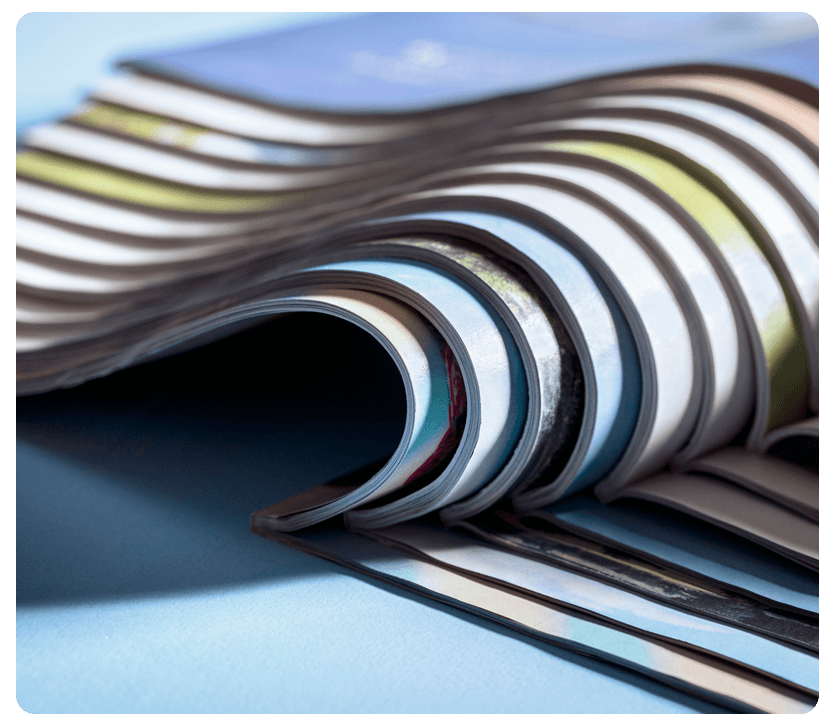
Want the perfect printed piece? Finish it with the perfect fold. But communicating about folds can be tricky when you don't know the lingo. Let's look at some of the basic terms:
Panel. A "panel" is the two-sided section of the printed piece defined by the fold. When you look at a standard "3-fold brochure," you are talking about a 6-panel brochure.
Flat size. This is the size of the piece when it is laid out flat. This is compared to the finished size, which is the piece's size when folded. For example, a 6-panel brochure might have an 8.5 x11-inch flat size but a 3.75 x 8.5-inch finished size.
Accordion (or z) fold. This is one of the most common fold types. The accordion fold is when the paper is folded in parallel folds that run in alternating directions, like the letter "z" or the bellows of an accordion.
Barrel (or roll) fold. With a barrel fold, the series of parallel folds are made so the second fold wraps around the first one, much as you fold a letter before you put it into an envelope.
Broadsheet (or broadside) fold. With this type of fold, the paper is printed on both sides and then folded in half. Then, a series of parallel folds are done in the other direction. This type of fold is often used for maps or brochures that require a large diagram.
Gatefold. In this fold, the two "flaps" fold over a center panel so the edges meet in the middle.
Grain. When paper is manufactured, the fibers align in one direction (the grain). Especially with heavier stocks, it's best if the folds run with the grain, or you might end up with ink cracking or folds that don't lay flat.
The best way to communicate your folding needs is to find samples incorporating the folds you want. Making a folded "dummy" out of your proof copies is also helpful. When it comes to folding, a little up-front planning can save you a lot of time and expense in the long run.
